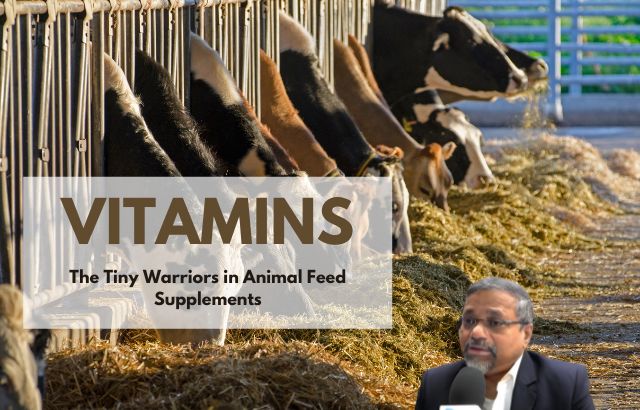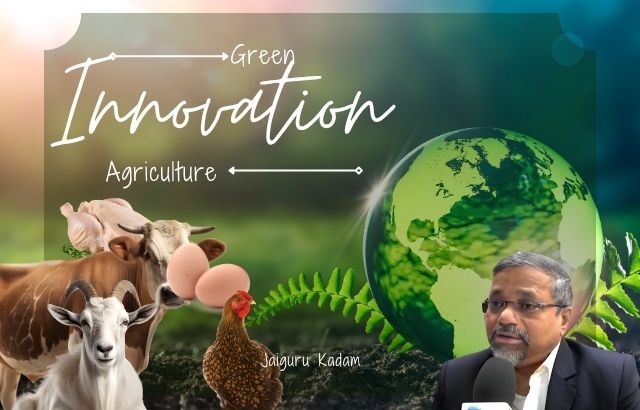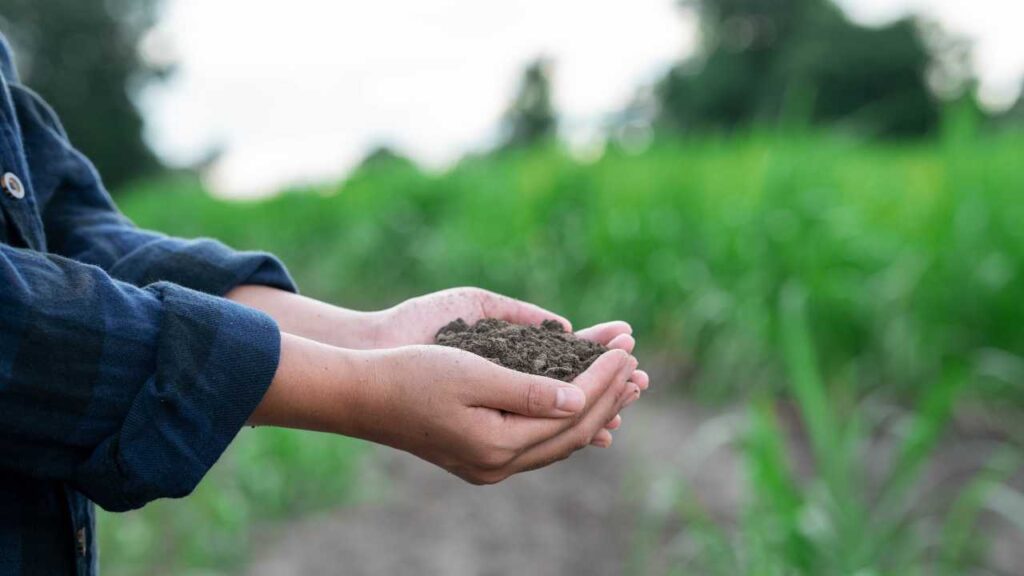Drip irrigation, a cornerstone of modern agriculture, delivers water and nutrients directly to plant roots, optimizing resource use and boosting crop yields. As water scarcity and climate change challenge global food production, drip irrigation systems are transforming farming practices. This blog explores the technology’s impact, real-world examples, data-driven insights from agricultural expert Jaiguru Kadam, and answers frequently asked questions to guide farmers and manufacturers.
The Power of Drip Irrigation
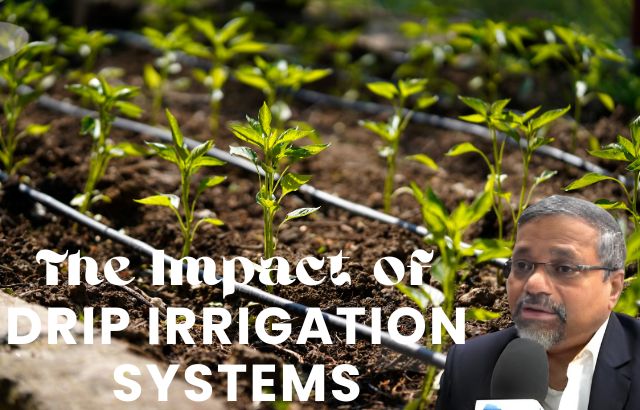
Drip irrigation systems use a network of pipes, tubing, valves, and emitters to deliver precise amounts of water to the root zone, minimizing evaporation and runoff. Unlike traditional methods like flood or sprinkler irrigation, drip systems achieve up to 95% water efficiency, making them ideal for water-scarce regions.
Key Benefits:
- Water Conservation: Reduces water usage by 30–50% compared to conventional methods.
- Increased Yields: Enhances crop productivity by 20–30% through consistent moisture and nutrient delivery.
- Cost Efficiency: Lowers labor and energy costs via automation and reduced water pumping.
- Environmental Impact: Decreases fertilizer runoff and soil erosion, promoting sustainable farming.
Jaiguru Kadam emphasizes, “Drip irrigation is not just a tool; it’s a paradigm shift toward precision agriculture, enabling farmers to produce more with less.”
Real-World Examples of Drip Irrigation Success

1. Netafim’s Impact in India
Netafim, a global leader in drip irrigation, has revolutionized farming in India’s semi-arid regions. In Maharashtra, farmers using Netafim’s drip systems for sugarcane reported a 40% reduction in water use and a 25% increase in yield, from 100 to 125 tons per hectare. Automation with IoT sensors allowed real-time monitoring, reducing labor costs by 20%.
Data Insight from Jaiguru Kadam: For a 10-hectare sugarcane farm, traditional irrigation consumes 12,000 m³ of water annually. Drip irrigation cuts this to 7,200 m³, saving 4,800 m³. At $0.10/m³, water cost savings are $480/year. Yield gains add $1,250/year (at $50/ton), totaling $1,730 in annual benefits.
2. California’s Vineyard Transformation
During California’s 2012–2017 drought, vineyards adopted drip irrigation to combat water scarcity. A Napa Valley winery implemented a smart drip system with soil moisture sensors, reducing water use by 25% and improving grape quality. The system’s precision ensured uniform berry ripening, increasing wine quality and market value by 15%.
Data Insight from Jaiguru Kadam: A 50-hectare vineyard using 8,000 m³ of water annually with sprinklers switched to drip, saving 2,000 m³ ($600 at $0.30/m³). Enhanced grape quality boosted revenue by $7,500 (from $50,000 to $57,500). Total economic gain: $8,100/year.
3. COALA Project in Australia
The COALA project integrated AI with drip irrigation for cotton farming, achieving a 20% increase in water efficiency and 25% higher yields. Sensors monitored soil moisture and weather, adjusting water delivery in real time. This reduced pumping energy by 30%, lowering operational costs.
Data Insight from Jaiguru Kadam: For a 100-hectare cotton farm, AI-driven drip systems saved 3,000 m³ of water ($900 at $0.30/m³) and reduced energy costs by $1,200 (from $4,000 to $2,800). Yield gains of 0.5 tons/ha added $25,000 (at $500/ton), yielding $27,100 in annual savings.
Data-Driven Insights from Jaiguru Kadam
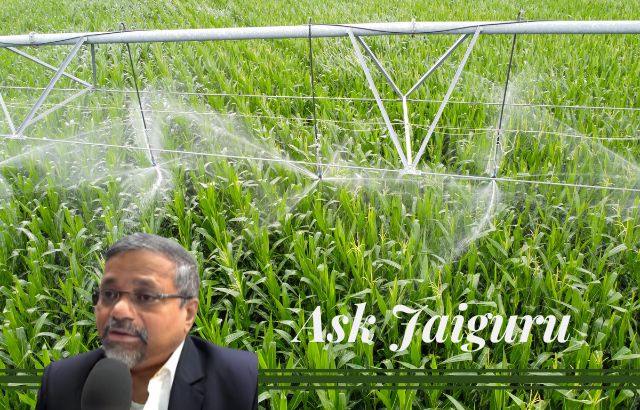
Jaiguru Kadam’s research highlights the transformative potential of drip irrigation through rigorous analysis:
- Cost-Benefit Analysis: Kadam’s study of 515 drip irrigation projects shows that initial installation costs average $2,500/ha, including pumping stations ($800), on-farm equipment ($1,200), and installation ($500). However, water and energy savings recover costs within 2–3 years. For a 20-hectare farm, total costs are $50,000, but annual savings of $20,000 (water: $6,000, energy: $4,000, yield gains: $10,000) yield a payback period of 2.5 years.
- Water Efficiency Metrics: Kadam’s trials in semi-arid India demonstrate that drip irrigation reduces water use by 40% for high-value crops like tomatoes, from 10,000 to 6,000 m³/ha. This translates to $400/ha in water savings and a 30% yield increase (from 40 to 52 tons/ha), adding $1,200/ha in revenue (at $100/ton).
- Automation Impact: Integrating IoT and AI, as seen in Netafim’s systems, cuts labor costs by 15–20% and boosts irrigation efficiency to 95%. Kadam calculates that a 50-hectare farm saves $1,500/year on labor and $2,000 on water, with a 20% yield increase adding $5,000 in revenue.
Challenges in Drip Irrigation Adoption
Despite its benefits, drip irrigation faces hurdles:
- High Initial Costs: Installation costs deter smallholder farmers, especially in developing nations.
- Maintenance Needs: Clogged emitters and system maintenance require technical expertise.
- Crop Suitability: Drip systems are less effective for crops requiring uniform field wetting, like rice.
Kadam suggests subsidies, farmer training, and modular systems to address these challenges, noting that government support in India’s Maharashtra state increased adoption by 30% through 50% cost subsidies.
Frequently Asked Questions (FAQs)
1. What is drip irrigation, and how does it work?
Drip irrigation delivers water directly to plant roots through a network of pipes, tubing, and emitters, minimizing waste. It uses sensors and valves to control water flow based on crop needs.
2. How does drip irrigation compare to sprinkler or flood irrigation?
Drip irrigation is 90–95% efficient, compared to 60–80% for sprinklers and 50% for flood irrigation. It saves 30–50% more water and increases yields by 20–30%.
3. What crops benefit most from drip irrigation?
High-value crops like tomatoes, sugarcane, cotton, and grapes benefit most due to precise water and nutrient delivery. It’s less suited for rice or wheat.
4. What are the costs of installing a drip irrigation system?
Costs average $2,500/ha, including equipment and installation. Subsidies in regions like India can reduce costs by 50%. Savings recover costs in 2–3 years.
5. How does smart technology enhance drip irrigation?
IoT sensors and AI monitor soil moisture and weather, adjusting water delivery in real time. This boosts efficiency by 20% and reduces labor by 15%.
6. What are the main challenges in adopting drip irrigation?
High upfront costs, maintenance needs, and limited suitability for some crops are key barriers. Training and subsidies can accelerate adoption.
Conclusion
Drip irrigation is reshaping agriculture by addressing water scarcity, enhancing yields, and promoting sustainability. Real-world examples from India, California, and Australia demonstrate its transformative impact, while Jaiguru Kadam’s data-driven insights quantify its economic and environmental benefits. As manufacturers innovate with smart technology and governments support adoption, drip irrigation will play a pivotal role in ensuring global food security.
For high-quality drip irrigation components, explore solutions from industry leaders like DripWorks and Netafim, designed to optimize efficiency and productivity.









